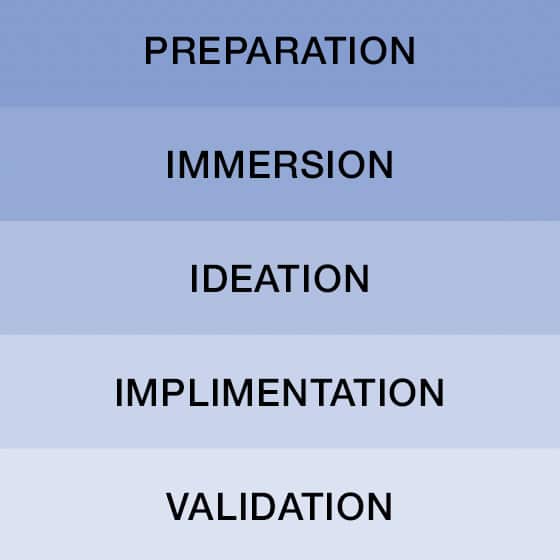The rapid expansion of the design pluriverse, as evidenced in both academia and industry, is both wildly impressive and startlingly alarming. Impressive because this sudden outgrowth, driven largely by the adoption of design methods in disciplines ranging from business to engineering, offers up the opportunity for new contributors, different ways of solving problems, and alternative prospective solutions. Alarming because it is not quite clear the foundation from which we are expanding so quickly. The absence of a clear theoretical framework in design is not new and has been the topic of much debate for several decades. The absence is, however, decidedly important, for if we cannot clearly articulate the theoretical underpinnings of our discipline, how should we ever hope to effectively communicate design’s purpose, value, or unique identity?
The implications are relevant for both academia (how do we distinguish the design field from our peers?) and industry (how do we prove design’s practices are worth investing in?). This paper explores the challenges the discipline has faced, the historical lack of a theoretical framework in design, and the impact these phenomena have had on the state of design education and professional practice. A proposal for a design curriculum based on creative problem solving is outlined, including how this framework can be applied to a wide range of design domains and professional practices. The proposal is supported with an extensive body of academic research in cognitive psychology, human factors engineering, and creative problem solving.
